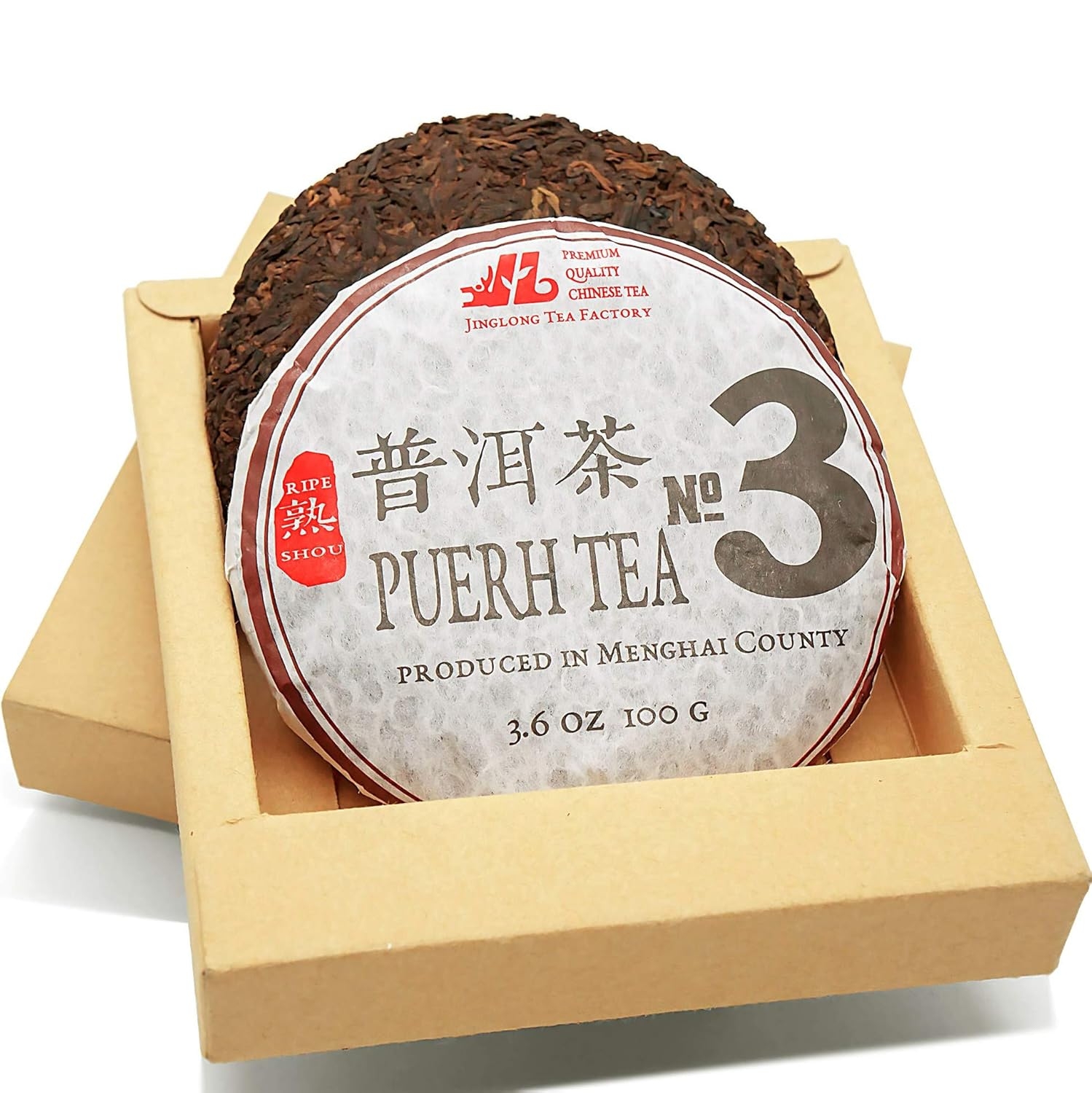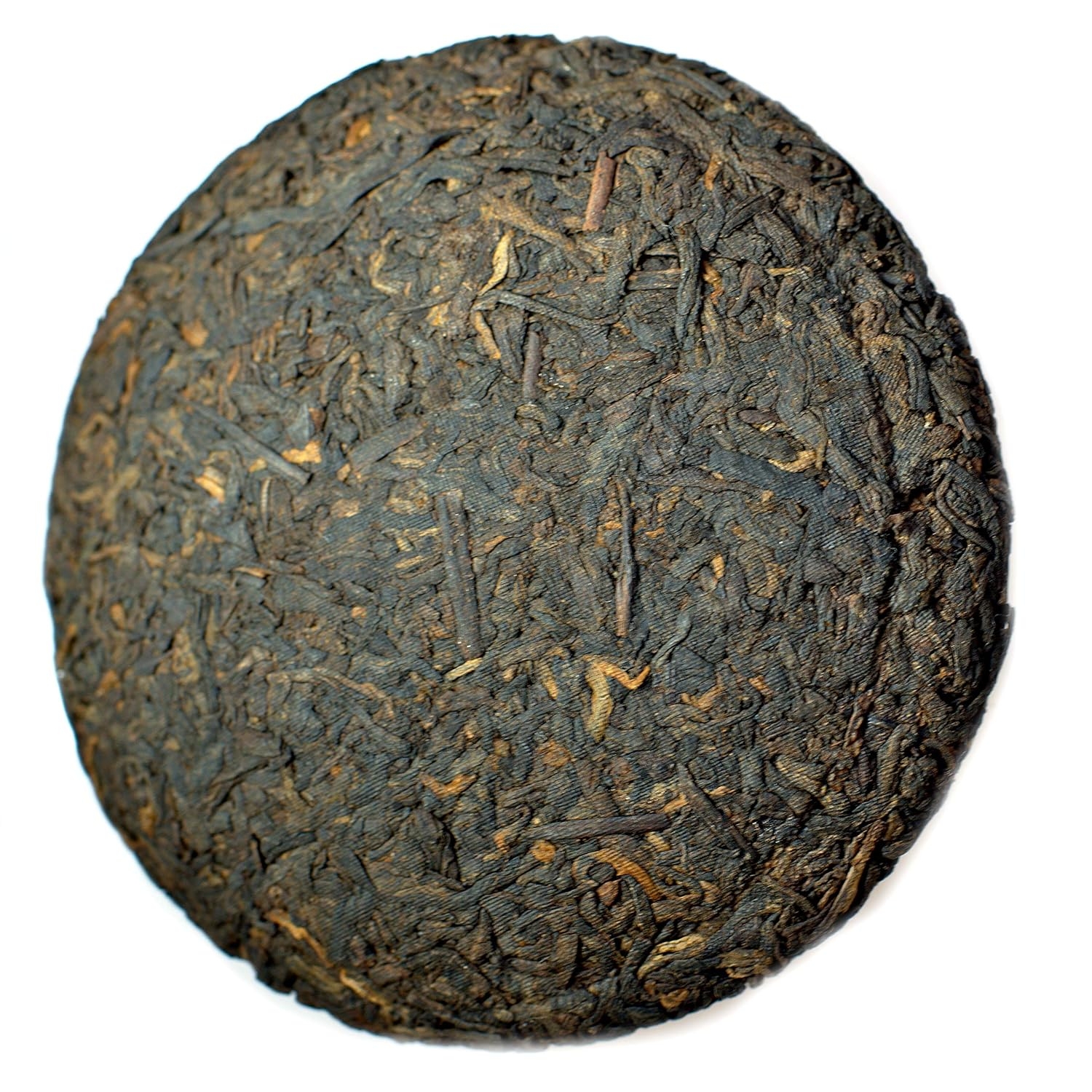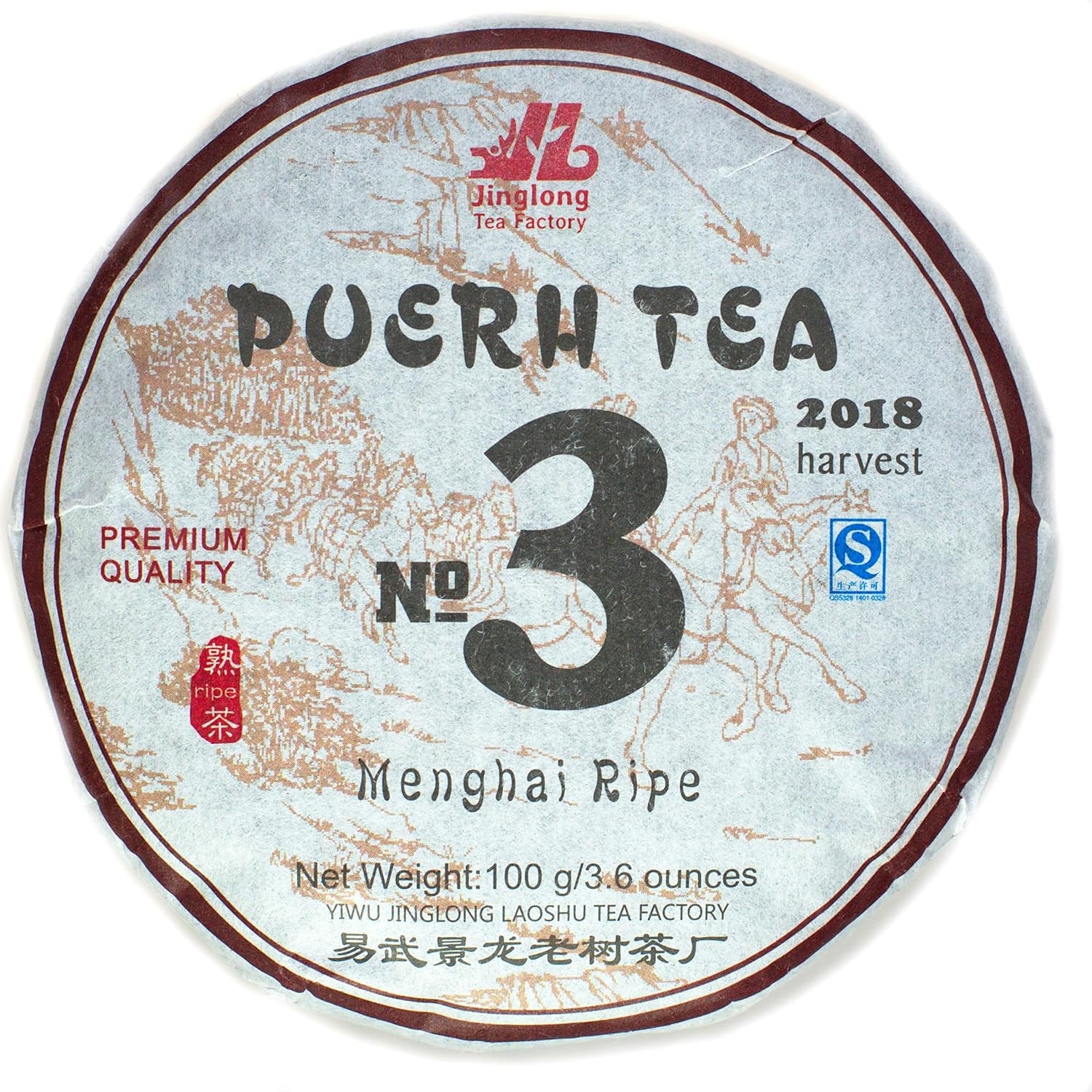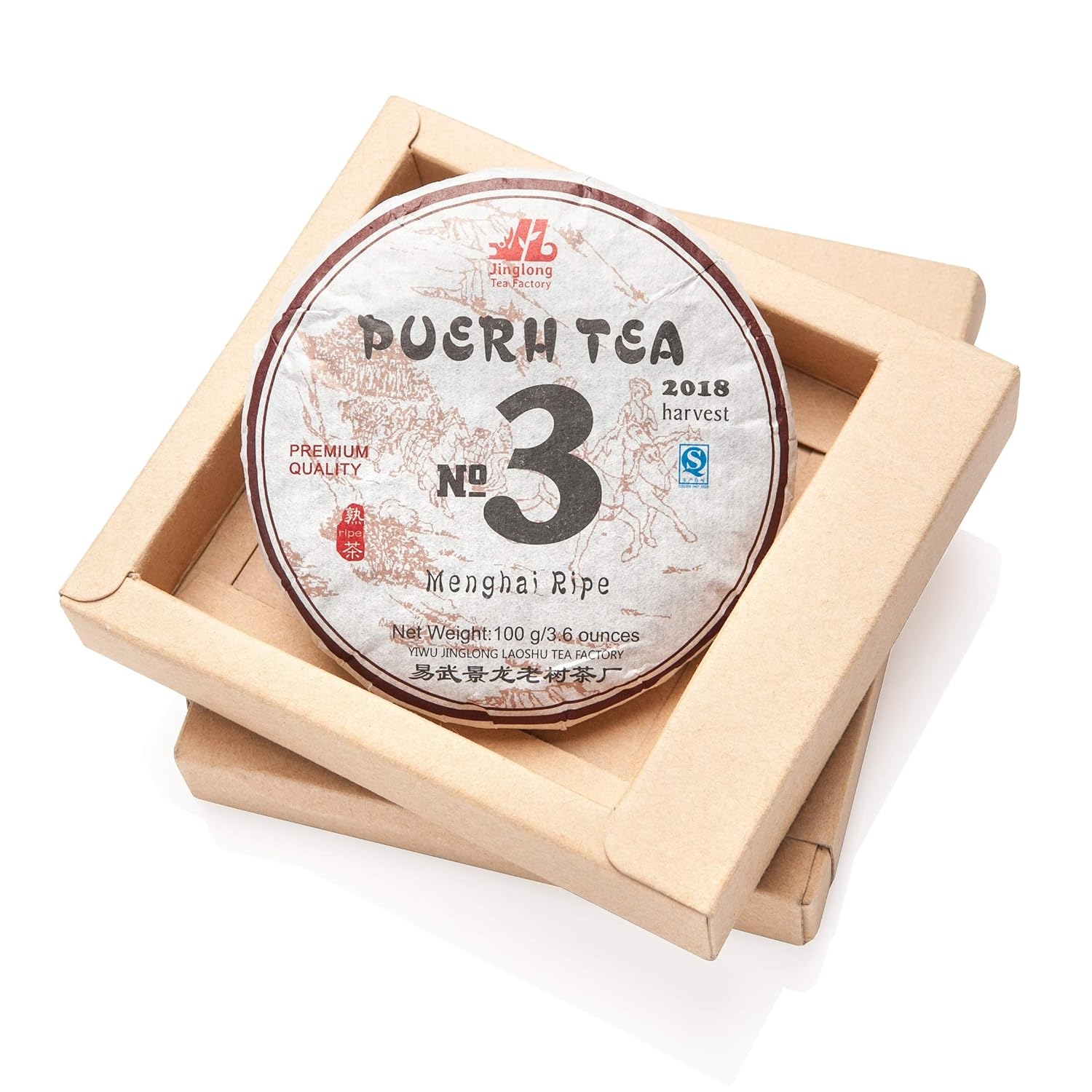- NATURAL LEAF – of Camellia sinensis var. assamica sourced from tea plantations of Xishuangbanna Dai Autonomous Prefecture of Yunnan Province, China.
- Mono grade SHOU PU-ERH teacake with constant, predictable taste.
- HIGH STIMULATING EFFECT – younger leaf has higher caffeine content while post-fermentation process removes theanine
- KIND ON THE STOMACH – You can drink Pu erh tea with an empty or full stomach!
- PROCESSED IN MENGHAI – only a part of the fermentation process is controlled by the man. Climate, water and microflora of Menghai county created unique taste of this pu-erh.






Product Description
Due to rather fine and young leaf this tea will provide you with high amount of caffeine, surprise you with deep clean liquor color and mellow taste with just hints of bitterness.
TYPE OF TEA
Ripe Pu erh Tea (普洱熟茶, shou puerh tea, cooked pu-erh) – a type of pu-erh tea produced in designated areas of Yunnan Province from sun-dried big-leaf loose green tea using technology of wet-pile post-fermentation.
LEAF ORIGIN
ABOUT JINGLONG TEA FACTORY
BREWING
The cake can be brewed in any way you like. We advice to start with tea-water ratio about 1:100, water temperature – just of the boil, total brewing time 3-4 min.
We found it to be most suitable for following brewing methods:
- Teapot with sifter
- Mug with sifter
- French press
- Pour over
- Clever Dripper.
TROUBLESHOOTING
Ripe pu-erh wet-pile fermentation process takes up to 60 days and involves microorganisms, so ripe pu-erh taste profile differs from taste of other types of teas. A bit earthy taste is a part of pu-erh taste profile.
Ripe pu-erh tea should be brewed with water just boiled (208-212°F).


TASTE
the tea made of some of the oldest varietals of the tea plants

FEEL THE TERROIR
understand the relationship between taste of the tea and distinctive characteristics of the soil, water, climate and conditions under which it was grown

meet TRADITIONAL
yet one of the most SUSTAINABLE processing technology: raw leaf is dried by sun, wet pile temperature rises during post-fermentation due to microorganisms activity and leaf internal heating, no heating or air conditioning equipment is used

REDUCE packaging WASTE
the tea is kept fresh by pressing process, we wrap it in paper and / or sustainable bamboo culm sheath

HOW TO BREW: how much tea to use?
Tea – water ratio for our pu-erh teas is from 1:80 (for larger leaf) to 1:100 (for smaller leaf).
That means that you can brew one cup (240 ml) of tea from 0.1 oz (2.4 – 3 g) of tea leaf.
If you don’t have scales, use 1/2 tbs of rather evenly crashed pu-erh tea for 1 cup.
Please note that post-fermented pu-erh tea doesn’t become astringent or bitter if overdosed, so increase the amount of tea only if you do not feel awakening effect.
HOW TO YIELD THE PERFECT BREWED CUP?
|
|
|
|
|
|---|---|---|---|
CRUSHFor perfect brew pressed tea should be broken, crushed or divided into small even pieces similar to loose leaf. |
WARM UPIn order to warm up (or rinse) the leaf pour small amount of hot boiled water (0.2-0.3 oz) through the leaf or brew the leaf with the same amount of water for 15-30 seconds. DISPOSE this warming up brew. |
USE JUST BOILED WATERBrew ripe pu-erh tea with just boiled water, water temperature 208-212°F. Make sure the leaf is covered by water. |
COVERTry to keep the temperature inside the brewing vessel as high as possible. Brew pressed tea for 3-4 minutes. |

After that maocha goes to our production facility for wet-pile post-fermentation (this process looks like composting).
Depending on the screen mesh size loose leaf is divided into several grades:
- 宫廷 gongting or imperial – smallest hairy buds
- 1st grade – big buds and first leaf
- 3d grade – bigger first and second leaf
- 5th grade – second and third leaf
- 7th grade – third and forth leaf
- 9th grade – biggest, fifth leaf
Each grade has it’s own pros and cons and usually different grades (as well as different post-fermentation batches) are blended in order to create complicated taste. But sometimes you don’t need complications, that’s why we created a series of mono grade pu-erh teacakes with constant and predictable taste.
 |
 |
 |
 |
|
|---|---|---|---|---|
| Puerh Tea No1 | Puerh Tea No3 | Puerh Tea No5 | Puerh Tea No7 | |
| LEAF SIZE | S (small) | M (medium) | L (large) | XL (extra large) |
| CAFFEINE CONTENT | high | high | medium | low |










